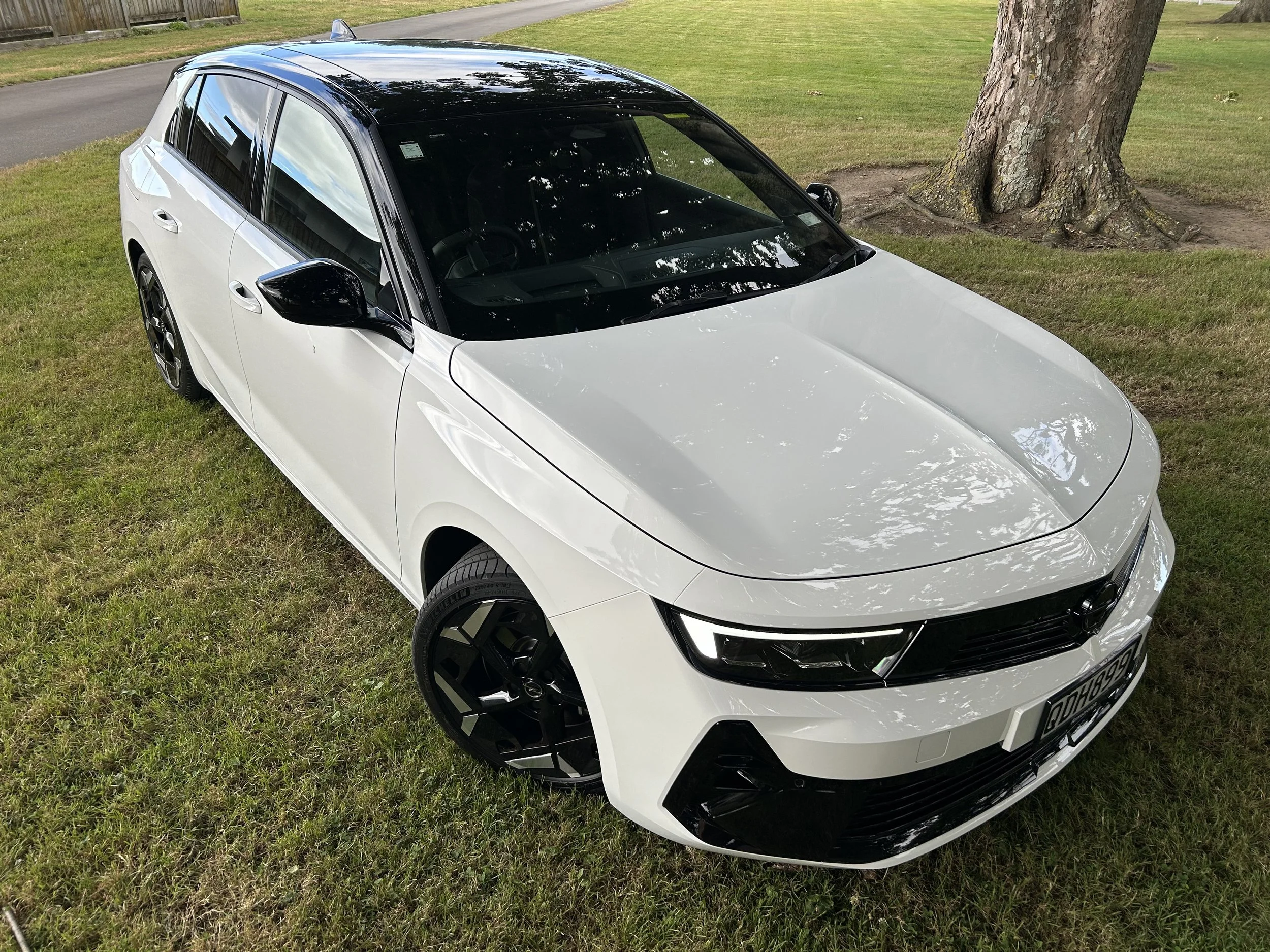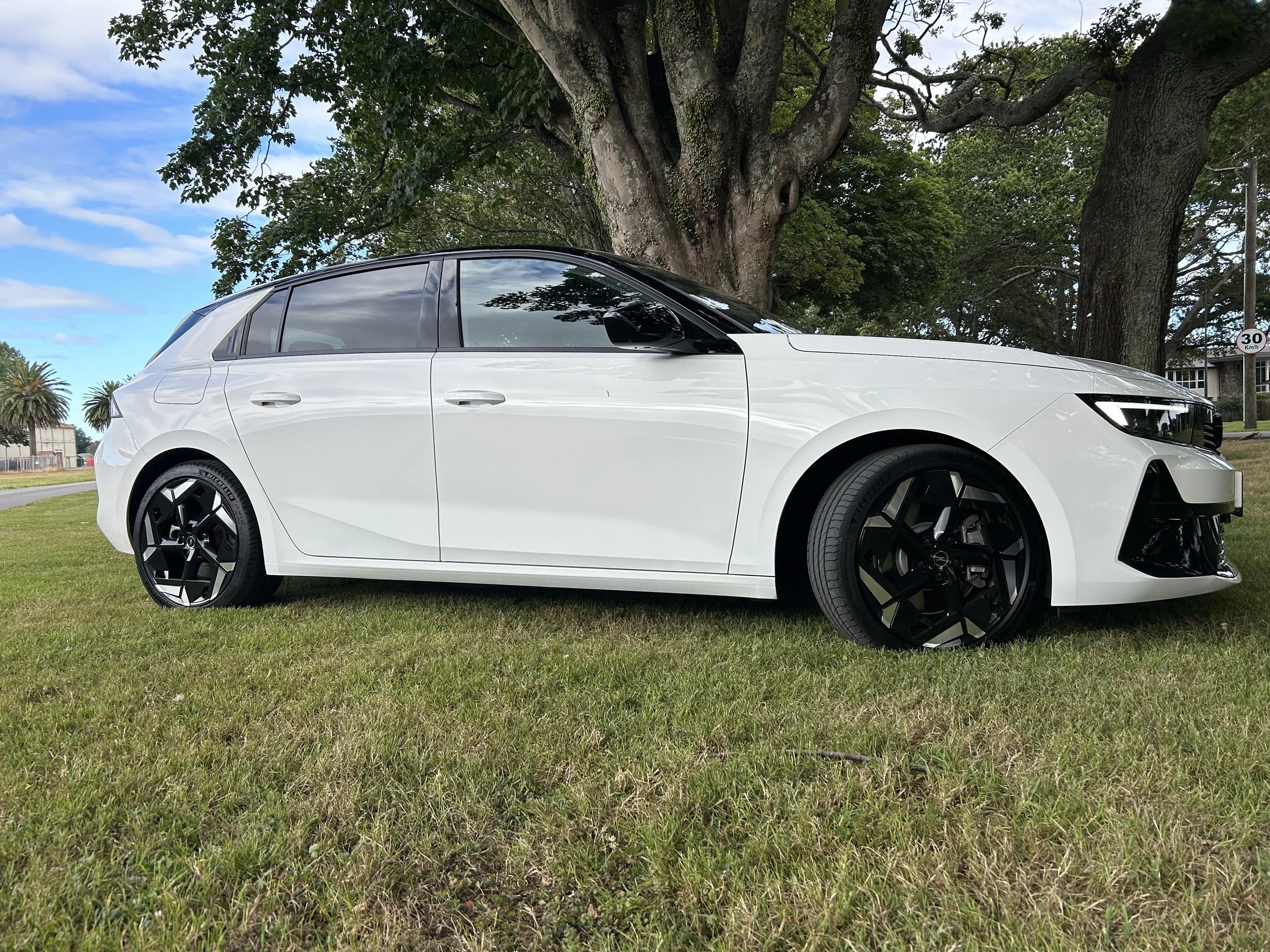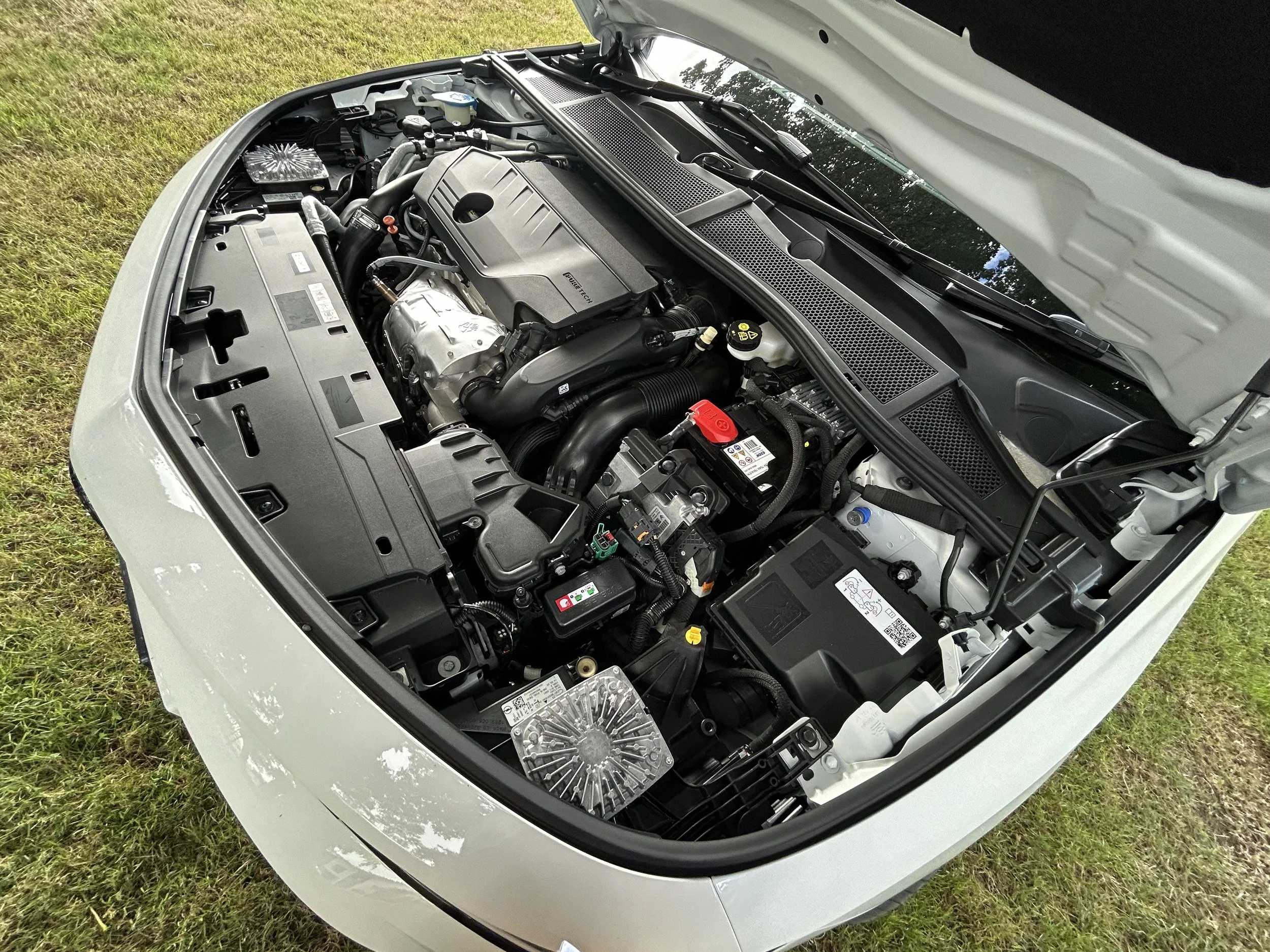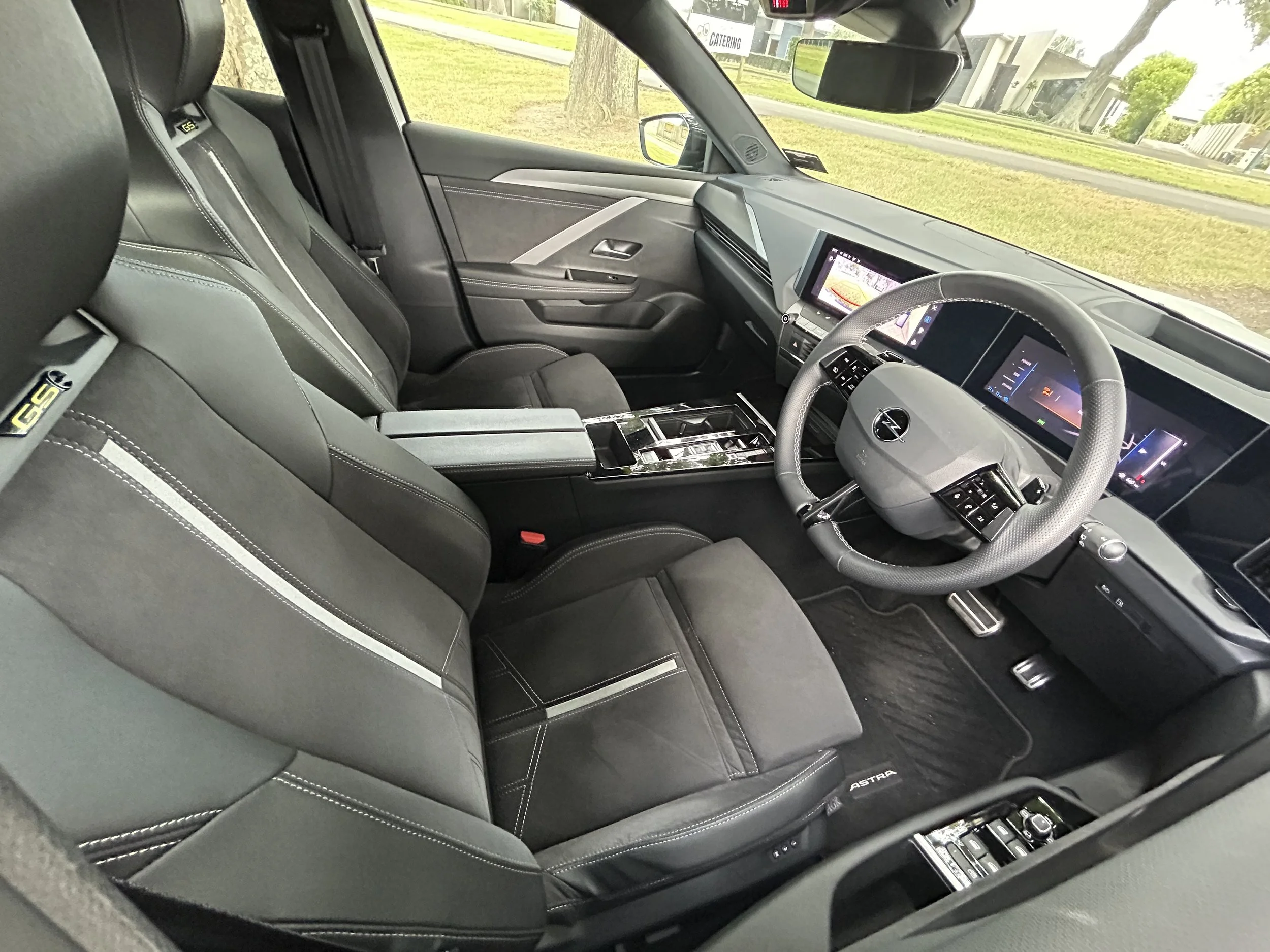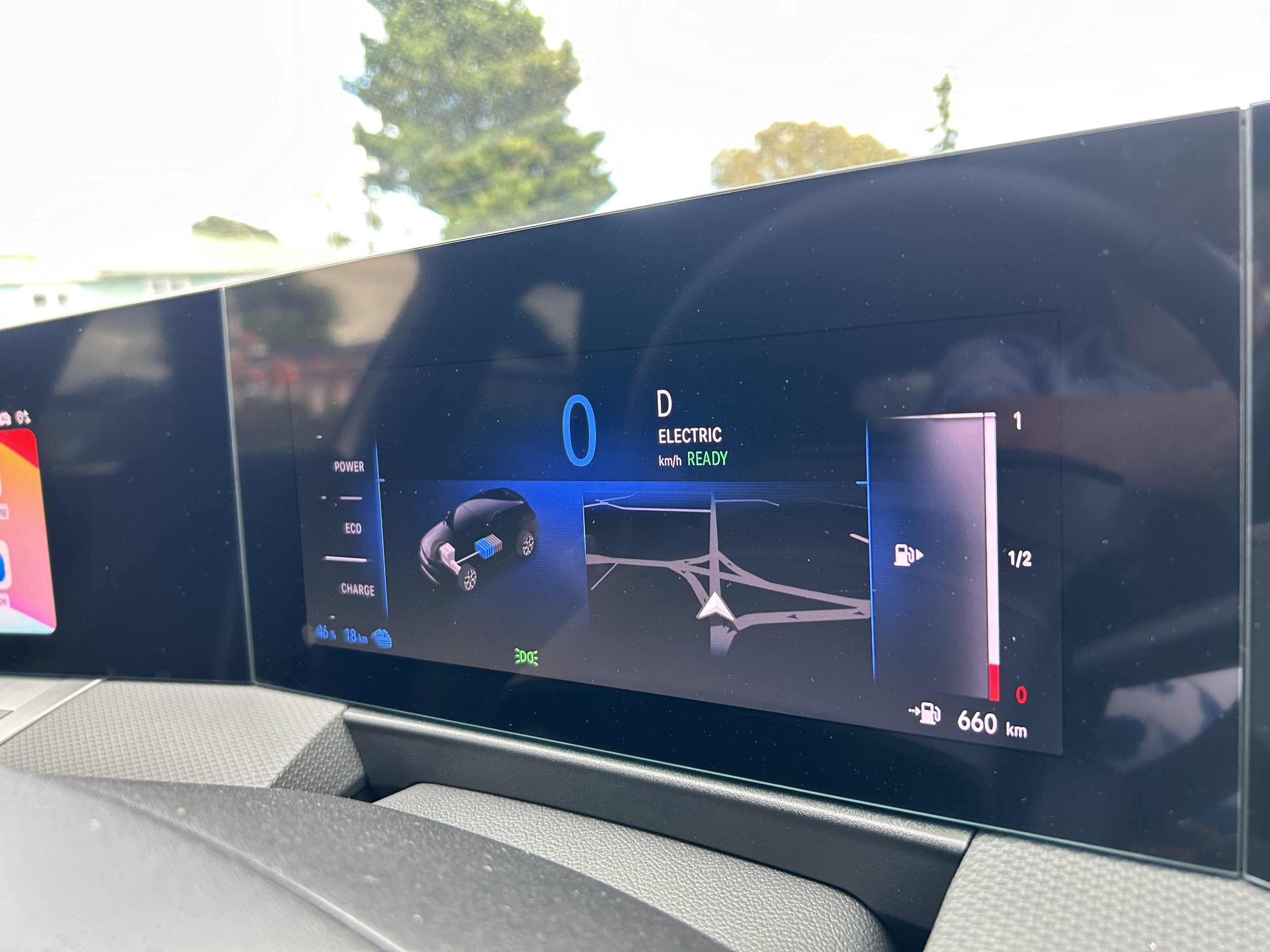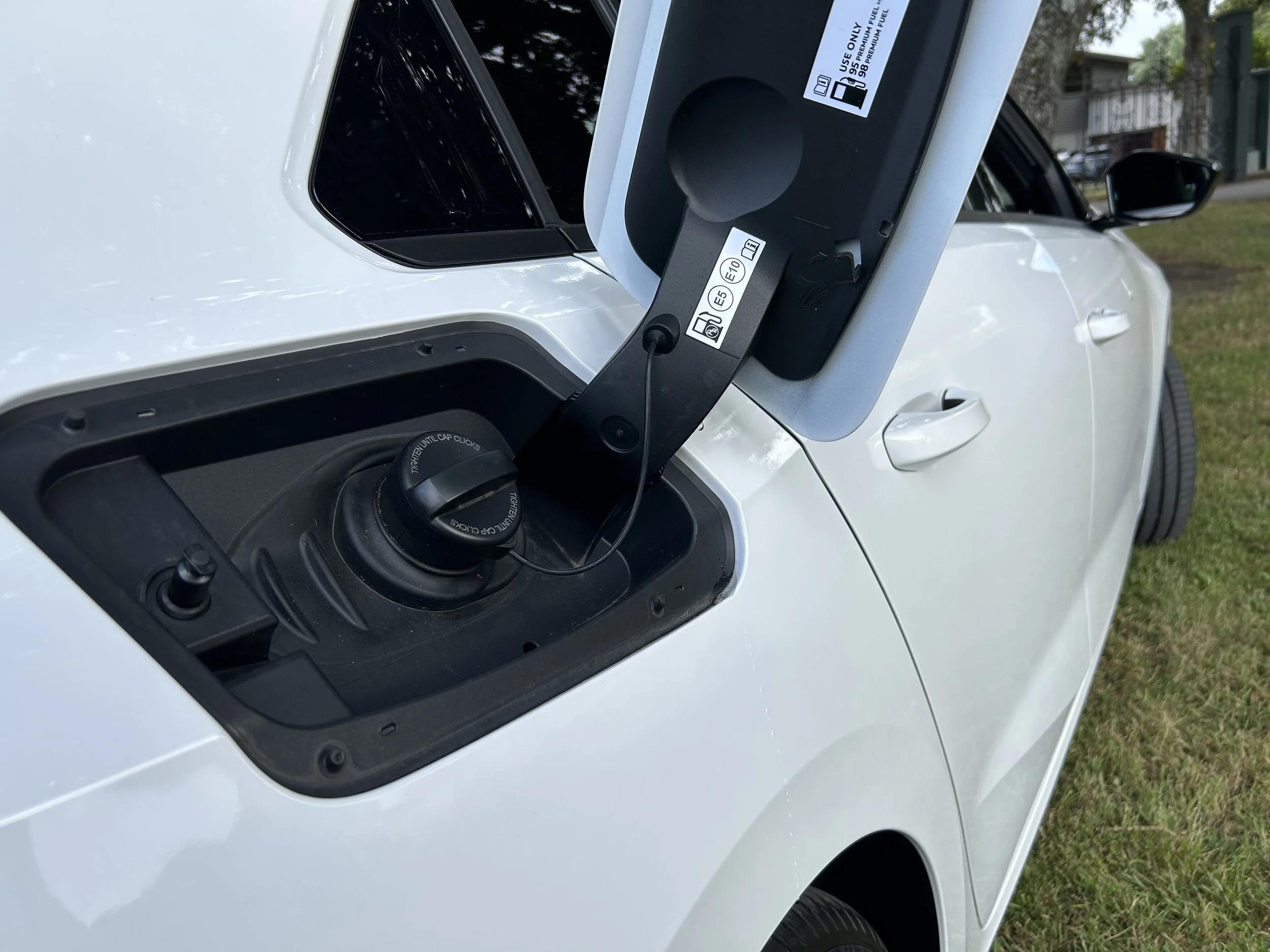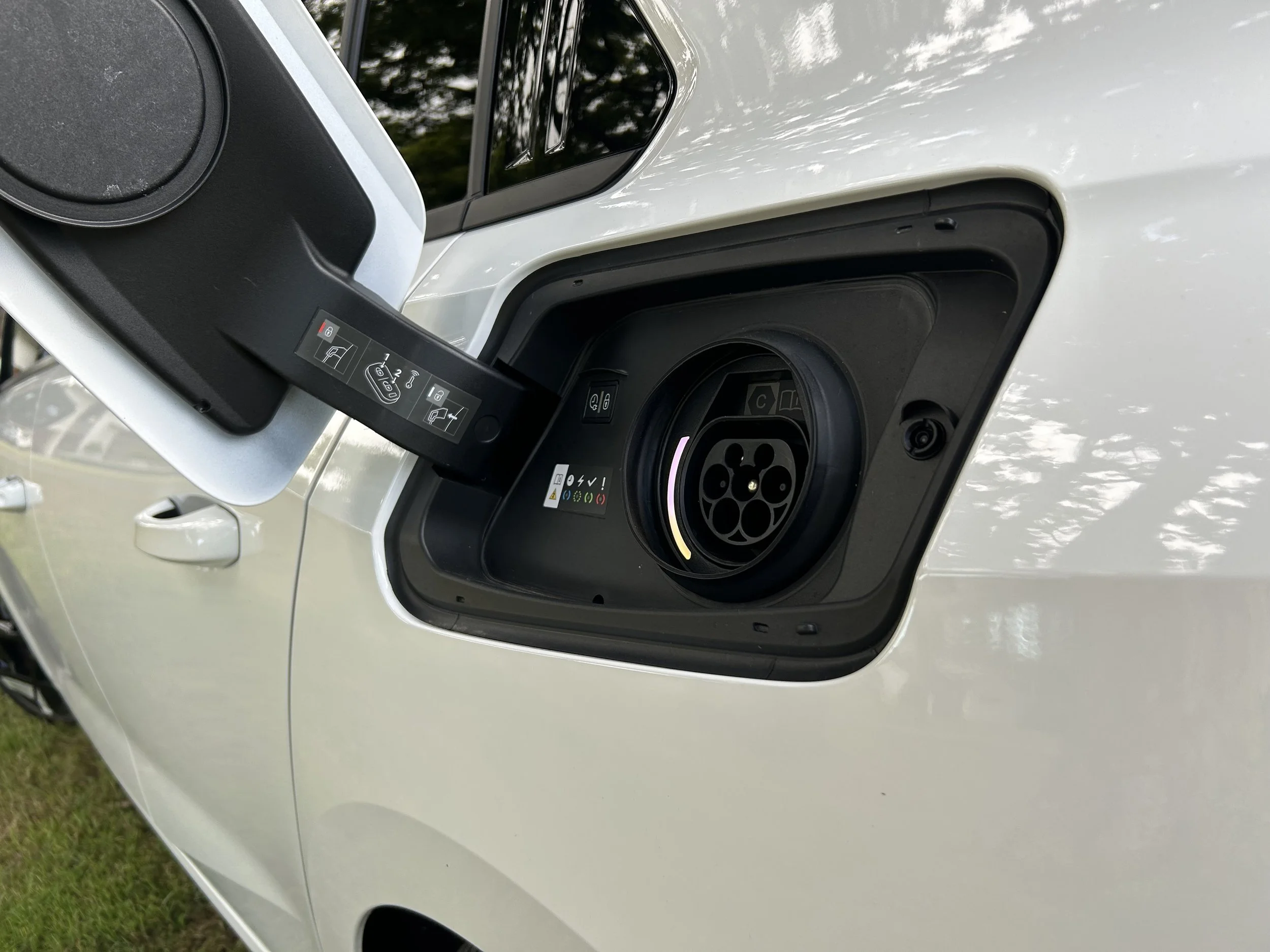Opel Astra GSe road test review: Sweet ride, hard road
/Some stuff makes sense; some less so. And it’s a shame the environment it’s found itself in is so illogical.
Price: $71,990
Powertrain: 1.6-litre four-cylinder petrol with hybrid electric assistance; 165kW/360Nm combined power; eight speed transmission.
How big: 4374mm long; 1860mm wide; 1441mm high; 2675mm wheelbase.
We like: Powertrain’s parsimony and punch; strong design.
Not so much: Challenged by RUC adjustment; overly-firm urban ride.
THIS time last year basically every kind of car that contributed positively toward reducing either emissions or economy, often doing both, had a place in the market, even if it was just a cosy nook.
Could the same be said now?
The last two months have produced the most desultory registrations counts in years, but while that could be a temporary lapse, there’s no doubt a wind of change is sweeping through the new vehicle sector. Favourites yesterday are less so today. Will they return to popularity tomorrow?
Having set itself up to conform with what was a leading global standard, we now seem on verge of trying to return to what is essentially an impossible state, the world as we used to know it. When CO2 counts and the such were of no consequence.
It’s a foolish ideal. There is no going back. The state of play has changed, not just politically but also within car-making; brands have set their courses - they looking beyond combustion; some are quitting it altogether. How long before we accept that, though, is the vexation. This is an anxious limbo.
Opel returned to New Zealand on strength of positive Green promise; ultimately all of its cars would go electric; in the more immediate period almost all would have would have at least a degree of electrical impetus and, above all else, every one here would have CO2 counts low enough to meet the now junked Clean Car standard.
A big call, but one it felt was required to establish a point of difference, perhaps competitive advantage. Plus, also a strategy that conformed nicely to international product planning.
European marques are at the forefront because Europe remains committed to stop building combustion engined cars by 2035. A pledge that the resident car brands fully support, by the way.
That’s reflected in their approach to the Astra. By taking a 1.6 petrol with plug in hybrid assist that centres on a 82kW/320Nm electric motor, the Astra GSe tested today stands as the most advanced version of this hatchback, but not for long.
The next step in the development cycle is a fully-electric version, out this year. With that the Astra will be one of the few cars to offer, in Europe, the full spectrum of powertrains - petrol, diesel, plug-in hybrid and full-electric.
Whether Opel here will take the EV must be a matter of some discussion. In the current climate, even the PHEV might seem a step too far.
If your desire still fuels that kind of drivetrain, then the GSe delivers a strong technical argument.
More power than the conventional petrol 1.2-litre SRi alternate that preceded it into sale, more opportunity for parsimony (with claimed optimal fuel use of just one litre per 100km), a generous dollop of electric pure drive - they say ‘up to 61km’, you’ll see at least high 40s without overly dedicating yourself - and low CO2, outputting only 23 grams per kilometre when engine and motor work at maximum.
In that state, it is about as clean living as any petrol car can be. Overall energy use sites at 19.9kWh/100km and, replenishing from the provisioned three-pin charger asks for seven hours’ downtime. Two if using an 11kW wall box unit.
The technology implementation is Stellantis group 101, shared with their Peugeots and Citroens, but though that doubtless amortises development spend, it nonetheless unavoidably adds cost to this car.
There are two Astra choices here, both hatches, but a massive pricing gap between them. In the old Holden days, the price attached to the GSe would have bought a hot hatch GTC format.
Peas from different pods? Not as much as you’d think. It’s most apparent that Opel has desire to keep up a semblance if visual verve; the new car has all the styling ingredients that made that old tyre-smoker such a cool sight.
In respect to punch? Well, sure, with a PHEV the battery influences kerb weight and it’s also evident the technology adjustment is ultimately more for thrift than thrust.
But with combined outputs of 135kW and 250Nm, the GSe still gets along and could easily be a speeding ticket magnet. And while it isn’t as stirring in step off as the old-days’ street racer, it promises goes a lot further. A range of over 750km when the 42 litre tank is brimmed used to once only be the remit of a diesel engined Astra. I recall having to refuel the GTC after 300kms’ of enthusiastic running.
The ethos of it being stylish yet sensible is enhanced at this level, but fact is Astra reminds why hatches still work for Euro brands and audiences. It looks good, better to my eyes than the PSA models that takes so much from.
Opel’s styling skips around the French types’ avant-garde approach in favour of a simpler, cleaner, more obviously Germanic look. I still think the Mokka is the very best example of latest Opel design, but would put the Astra close second; in also expresses a good balance of handsome and familiar.
The one weirdness with the GTe is that it’s fuel ports - one on the right flank for petrol, the one on the left for zap - are covered by massive covers, much larger than they surely need to be.
Enhancing with performance-suggesting design and styling cues that once rolled out with the GTC seems appropriate here. Beyond Alcantara-covered sports seats and a flat-bottomed steering wheel it has Koni frequency selective dampers, a lowered ride height and has been treated to Michelin Pilot 225/40 R18 rubber on performance rims.
Opel has engineered the car with presumption that owners will have typical PHEV habits. That is, they’ll replenish the 12.4kWh battery at least once daily to enjoy the electric edge as long as possible.
The car acts toward this by automatically going into EV whenever it is started. Unless you chose to manually over-ride this - perhaps to save the battery for a better environment; rather than tootling through an urban scape, you might need to blat into a 100kmh zone. The engine is obviously useful, then.
Left to its own devices it will keep prioritising electric until the battery is drained to point where it can no longer fully contribute. Then the car goes into Hybrid mode. The next step Sport is one that demands driver intervention; it makes the car a lot quicker, of course.
As much as you want to do the right thing for the environment, there’s always temptation to use the performance setting. Unfortunately, while it is nicely zesty, it does lose some mechanical decorum, the powertrain becoming quite noisy engine. That, and the consequent increase in fuel consumption, have to be considered.
Handling-wise, too, there’s a sense that it’s only sporty to certain degree. With the extra weight of the PHEV system, the springs and dampers have to be stiffened up. While it feels planted, you might agree that the 1.2 is more fluid, lighter footed and imbued with sharper steering feedback.
Astra’s Euro experience expresses more coherently in the cabin environment. Scoring well for practicality and usefulness - highlights being the large storage area with a rolling shutter up front, plus a nifty pop-out drawer, flock-lined to prevent rattles, perfect for stashing keys or loose change - it also benefits from design and finish execution almost akin to that in a fully high-end German brand.
The front seats are excellent, with above-average levels of comfort and support, and the twin screens of the all-digital cabin have crisp and clear graphics, with infotainment software better than in some other Opels, with wireless Apple CarPlay and Android Auto included. Opel still fits proper physical controls for such functions as heating and air conditioning and the stereo volume.
In the back, space is more adequate than generous, with only just enough legroom and headroom for taller teens and adults to get properly comfortable, and boot space has been compromised by the PHEV battery, being down to 352 litres, whereas the 1.2 is over 400 litres. Drop the seats and the GSe offers 1286 litres.
The Astra GSe is reasonably well conceived at technical level. There are areas where it might improve, one being the ride being perhaps over-firm for urban driving, but overall it presents as a solidly engineered and good looking car.
However, even with the Astra family it struggles to present as a better choice than the entry type.
There are solid reasons for just stopping with the 1.2-litre. For one, as frugal as the GSe is … it’s not so miserly to make better sense for initial spend. Unless there was a massive shift in fuel prices (which the PHEV would of course also feel), the 1.2 on running cost could be run for decades before the $22,000 price difference was overcome.
The other challenge is to do with specification. There’s no argument that the GSe is loaded. But, then, so is the 1.2. If you buy into the latter; you’re getting a massively well-equipped car. While it has fewer comfort ingredients than the GSe, in respect to the overall presentation, there’s precious little obviously missing from the base type, save that it lacks a head-up display. On safety system implementation, the entry car stands up just as strongly. So …
Realistically, that just reminds that electric drivetrains are expensive, even when in a state where they marry to an internal combustion engine that conceivably - because it is such widespread use - is much better amortised.
For Astra in this state, consolation will come that it is at least not disadvantaged when compared to other Euros now also running electric assisted drivetrains.
The Peugeot 308 GT PHEV with the same mechanical elements in the same tune actually costs $3000 more. The Mini Countryman in current, run-out form, VW Golf GTE, BMW 225e Active Tourer and Cupra Formentor V e-Hybrid are also similarly equipped, if not commonly styled, and cost more at full retails. The one thorn in the Euro-centric choice could be the Skoda Octavia iV Style, which is cheaper, larger and offers as station wagon. Outside of that there’s the Mitsubishi Outlander PHEV. A very different car, yes, but one that delivers common outcomes.
If you feel need to put the spotlight on plug-in technology per se? Well, it plays an important stepping stone role, but no more than that. No brand seems to see PHEV tech as being a long-time keeper.
How long NZ continues down that road has always been an open question, but one that might be now resolved by Government policy.
The common impending challenge is from a Road User Charge fare structure that, unless it changes, is outwardly so harsh on PHEVs as to threaten to offset their efficiency advantage. In that climate, the Astra in this format might become one of those cars that have every good reason for being here and, yet, don’t offer enough to make sense. Which, given what they promise in respect to environmental gain, seems so ludicrously oxymoronic.
The Grandland experience shows how abruptly Opel in New Zealand can u-turn on its product decisions when it senses market conditions no longer suit. That car had hardly arrived when it was pulled. In that instance, of course, Opel here knew it was a short-term prospect anyway. Germany has already announced a replacement. It’s a fully electric car likely to carry over nothing more than the nameplate. It could well here before year-end.
Astra GSe is in a different situation, in that it is a model with years of production. But if it fails to fire? The vibe about Opel here suggest there’s no time for slow movers.

